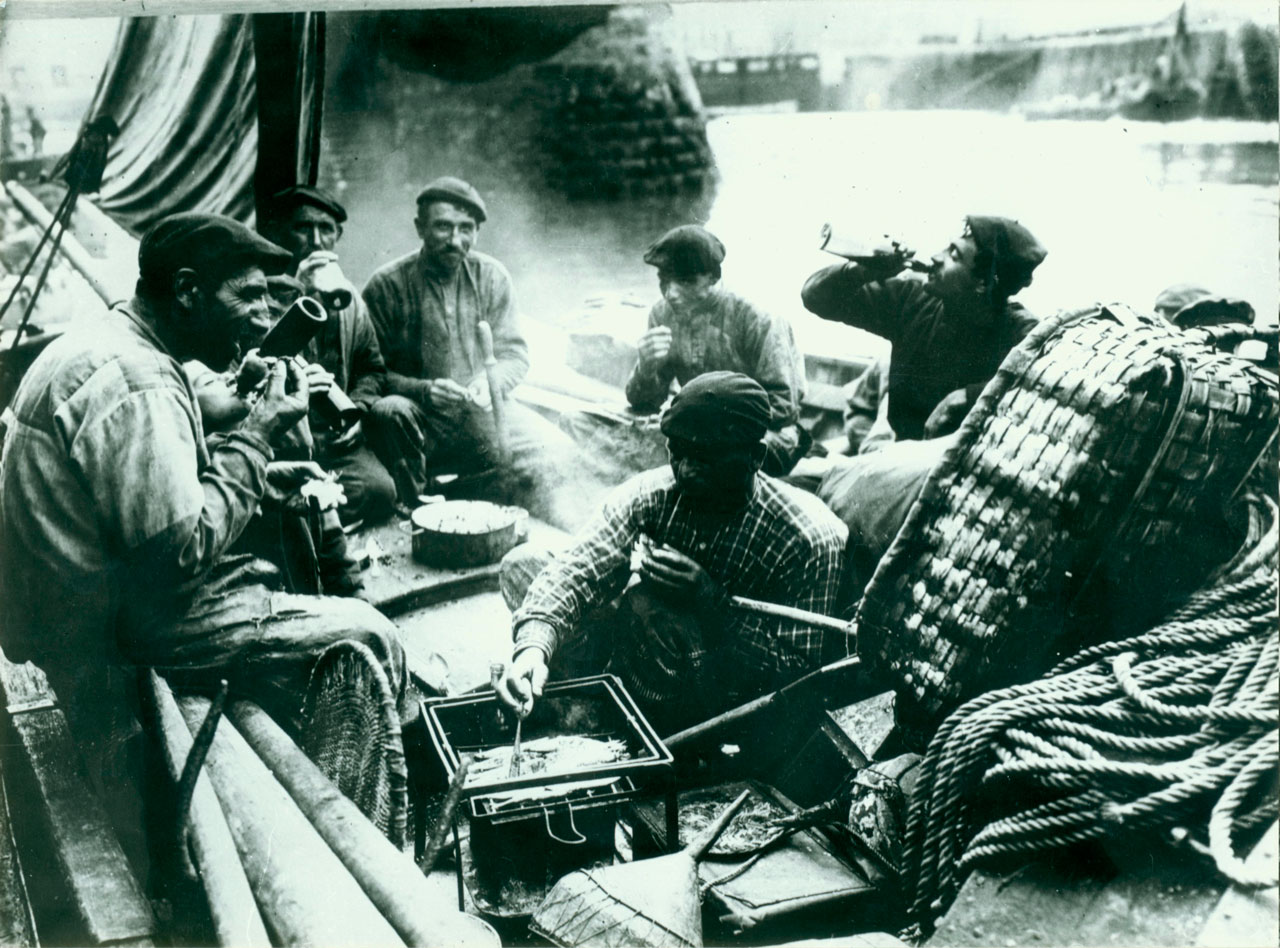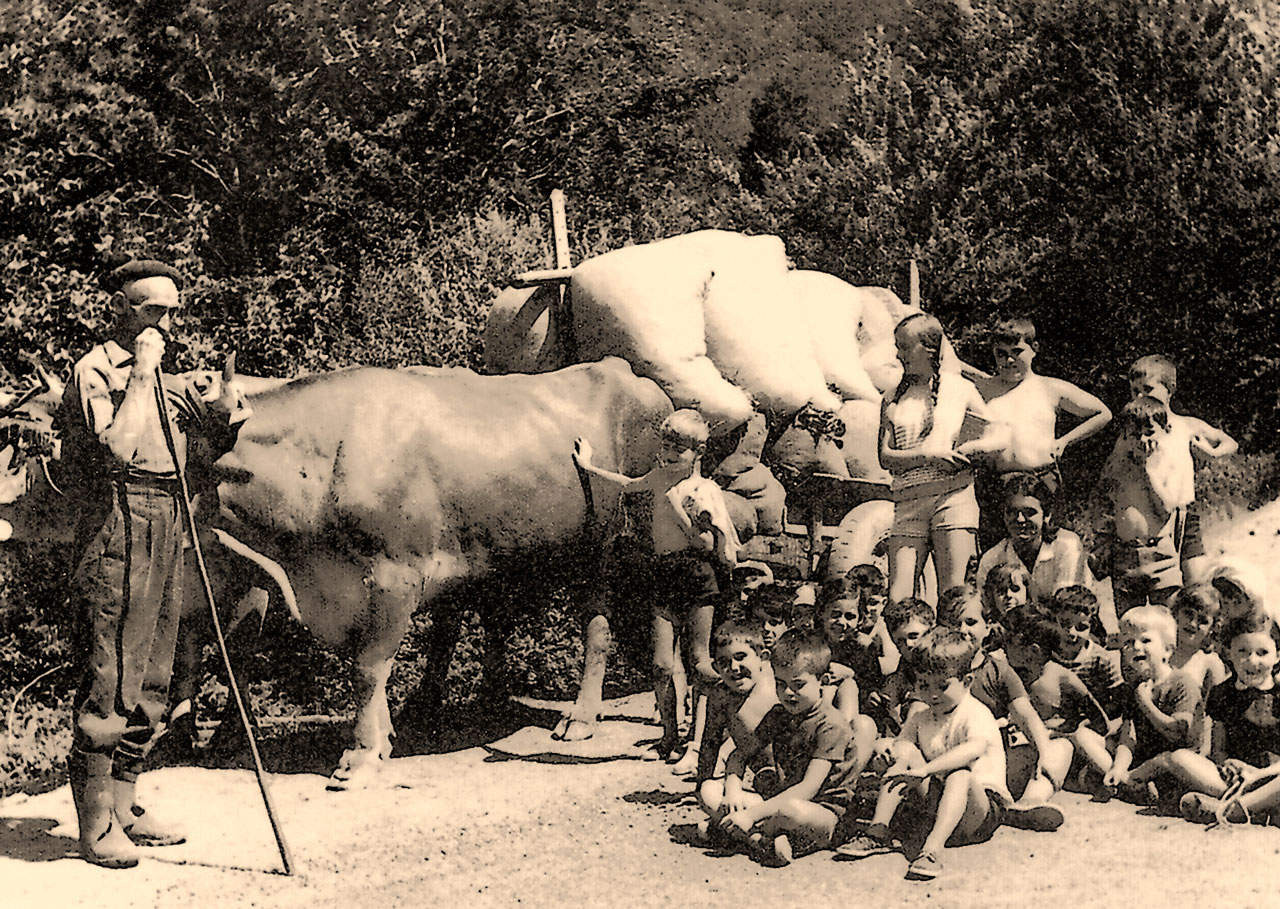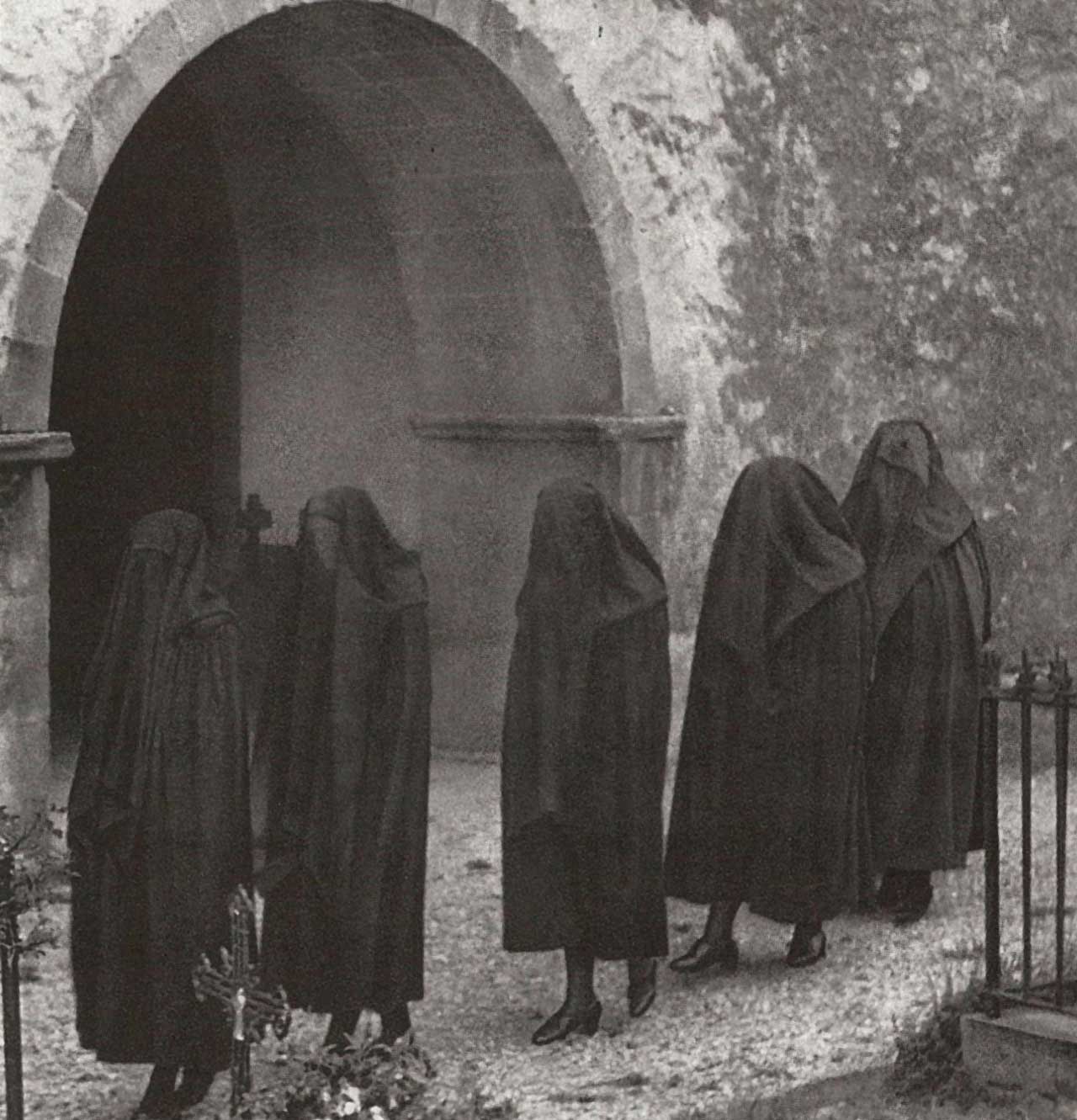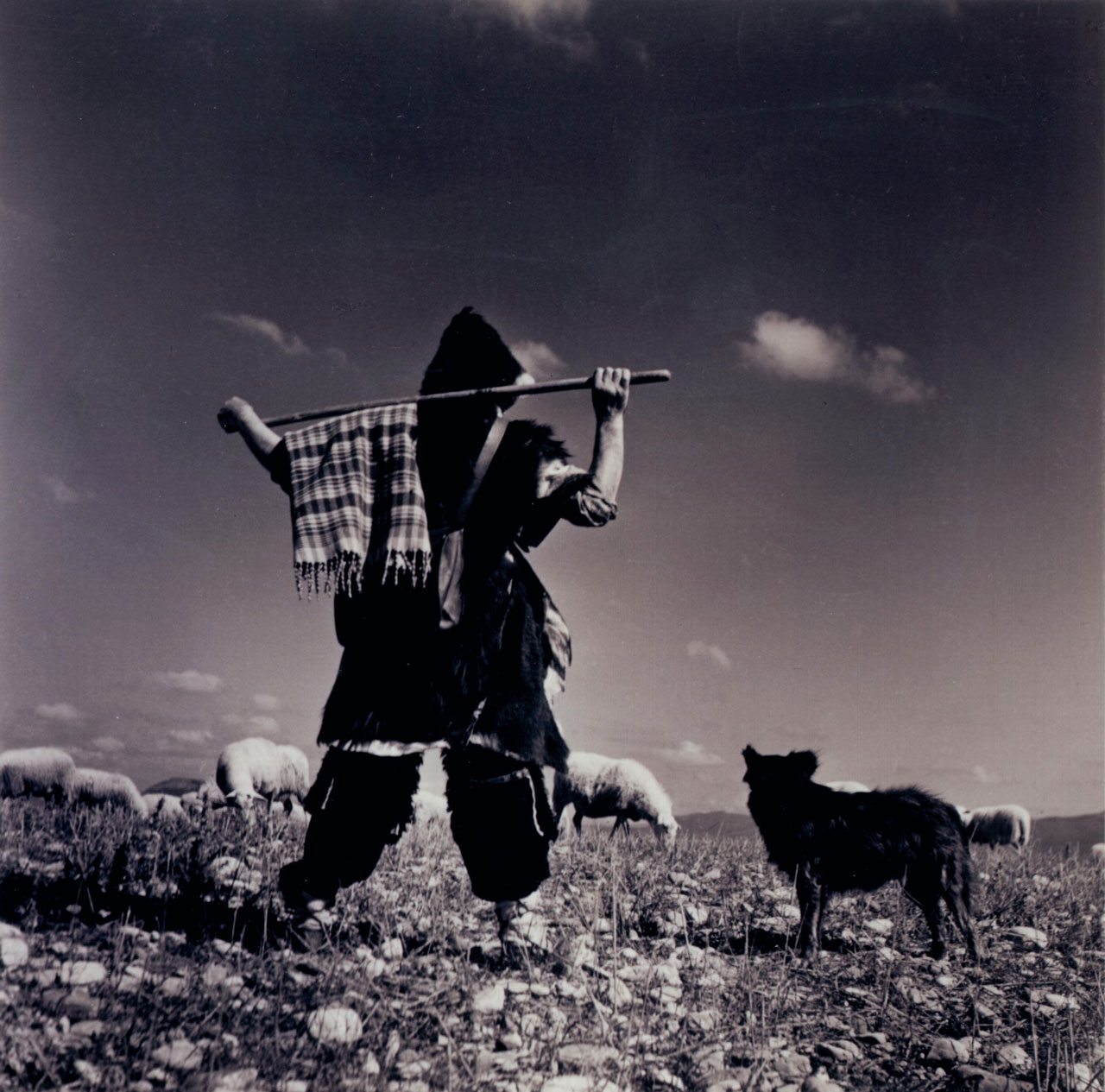Diferencia entre revisiones de «Main Page/en»
De Atlas Etnográfico de Vasconia
| Línea 148: | Línea 148: | ||
| − | ===[nacimiento| | + | ===[nacimiento|Rites from Birth to Marriage in the Basque Country|/atlas/nacimiento.png|Significant stages of life and rites of passage; namely, birth and childhood, youth, and the transition from singleness to marriage.]=== |
| − | ====[Ritos_del_nacimiento_al_matrimonio_en_vasconia | | + | ====[Ritos_del_nacimiento_al_matrimonio_en_vasconia | Rites from Birth to Marriage in the Basque Country]==== |
| − | ====[/atlas/nacimiento/Mujeres-en-el-portico-Orozko-1956.jpg| | + | ====[/atlas/nacimiento/Mujeres-en-el-portico-Orozko-1956.jpg|Under the portico. Orozko (B), 1956. Source: Labayru Fundazioa Photograhic Archive.|Ogiaren kurruskua mutikoa izan dadin. <br />''Eat up your crusts to have a boy.''|]==== |
| − | ====[/atlas/nacimiento/Erromeria-jaietan-Zeanuri-1922.jpg| | + | ====[/atlas/nacimiento/Erromeria-jaietan-Zeanuri-1922.jpg|Dancing during patronal celebrations. Zeanuri (B), 1922. Source: Labayru Fundazioa Photograhic Archive: Felipe Manterola Collection.|Young men and women would meet during the Sunday stroll, dances and pilgrimages.|]==== |
| − | ====[/atlas/nacimiento/Tarta-nupcial-Durango-1975.jpg| | + | ====[/atlas/nacimiento/Tarta-nupcial-Durango-1975.jpg|Wedding cake. Durango (B), 1975. Source: Gurutzi Arregi, Etniker Euskalerria Groups.|As was the case of all important events, the wedding banquet, eztei-bazkaria, was celebrated at home.|]==== |
Revisión del 12:40 27 ene 2020
Four generations of the same family. Ajangiz (B), 1977. Source: Segundo Oar-Arteta, Etniker Euskalerria Groups.
House and Family in the Basque Country


House and Family in the Basque Country
The family was the cornerstone of the farmstead, and the farmsteads along with the families provided coherence and structure to the neighbourhood and society.
Family Diet in the Basque Country


Family Diet in the Basque Country
Nahiz dala udea, nahiz dala negua, goizeko zortziretan, armozu ordua. Folk song
Children’s Games in the Basque Country


Children’s Games in the Basque Country
Txori-ikasten They played looking for birds’ nests and thus learnt about their habits, their songs, the way the nests were built…
Traditional Medicine in the Basque Country


Traditional Medicine in the Basque Country
There is a hidden wisdom behind popular medicine that goes far beyond the remedy itself. This collection of data helps us catch a glimpse of a way to understand health and disease —and ultimately the human body— that differs from the prevailing view.
Familia troncal. Castillo-Elejabeitia (B), c. 1930. Fuente: Archivo Fotográfico Labayru Fundazioa: Fondo Felipe Manterola.
Rites from Birth to Marriage in the Basque Country


Rites from Birth to Marriage in the Basque Country
Quien se quedaba soltero, o soltera, continuaba por tradición vinculado a la casa y permanecía incorporado a la familia.
Ritos funerarios en Vasconia


Ritos funerarios en Vasconia
La manifestación de duelo más evidente era el luto en la ropa.
Ganaderia y pastoreo en Vasconia


Ganaderia y pastoreo en Vasconia
Nolako artzaina, halako artaldea. Tarde o temprano todo animal se parece al amo.
Agricultura en Vasconia


Agricultura en Vasconia
La selección de semillas ha sido de siempre una actividad fundamental. De cada cosecha se elegía la mejor semilla, para conservarla y utilizarla en la siguiente siembra.








